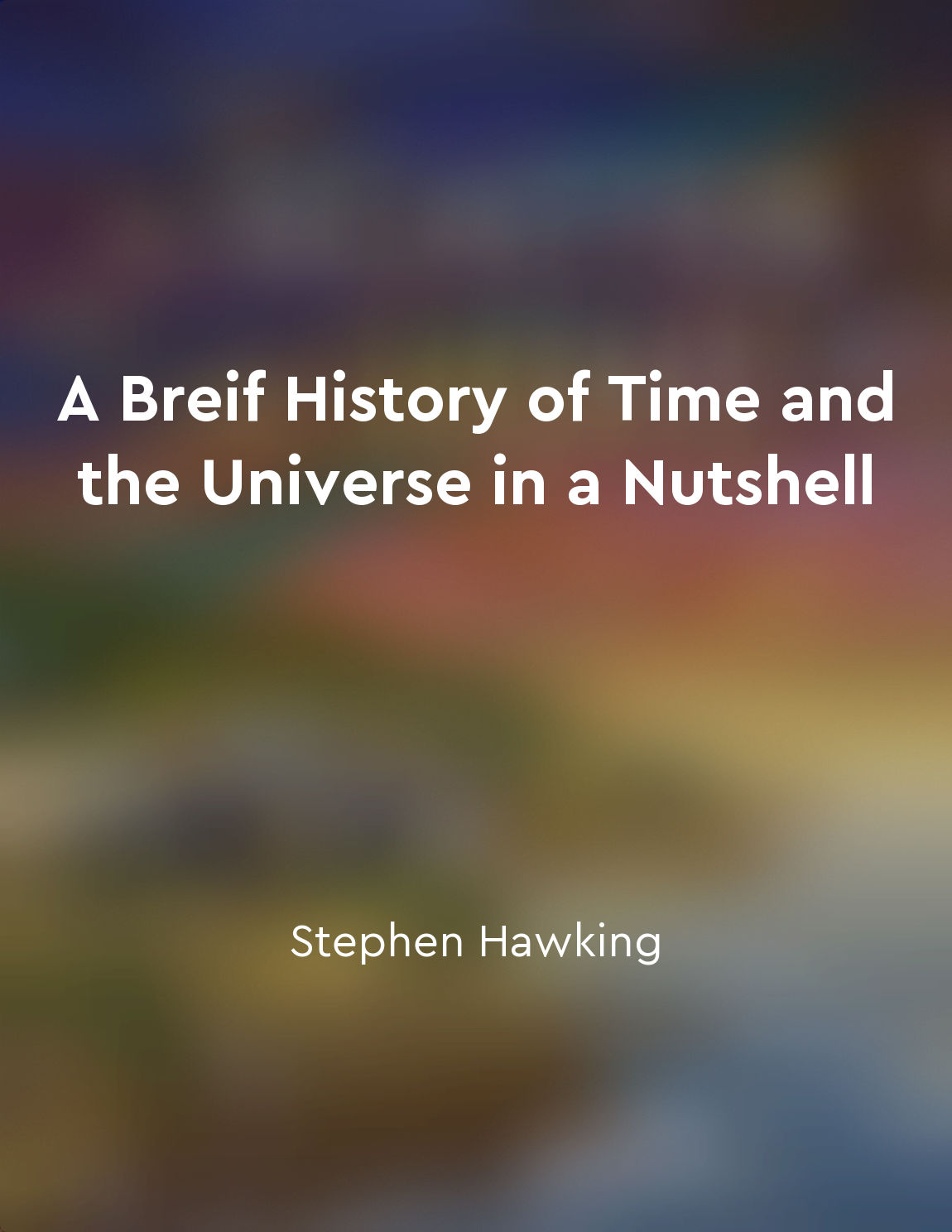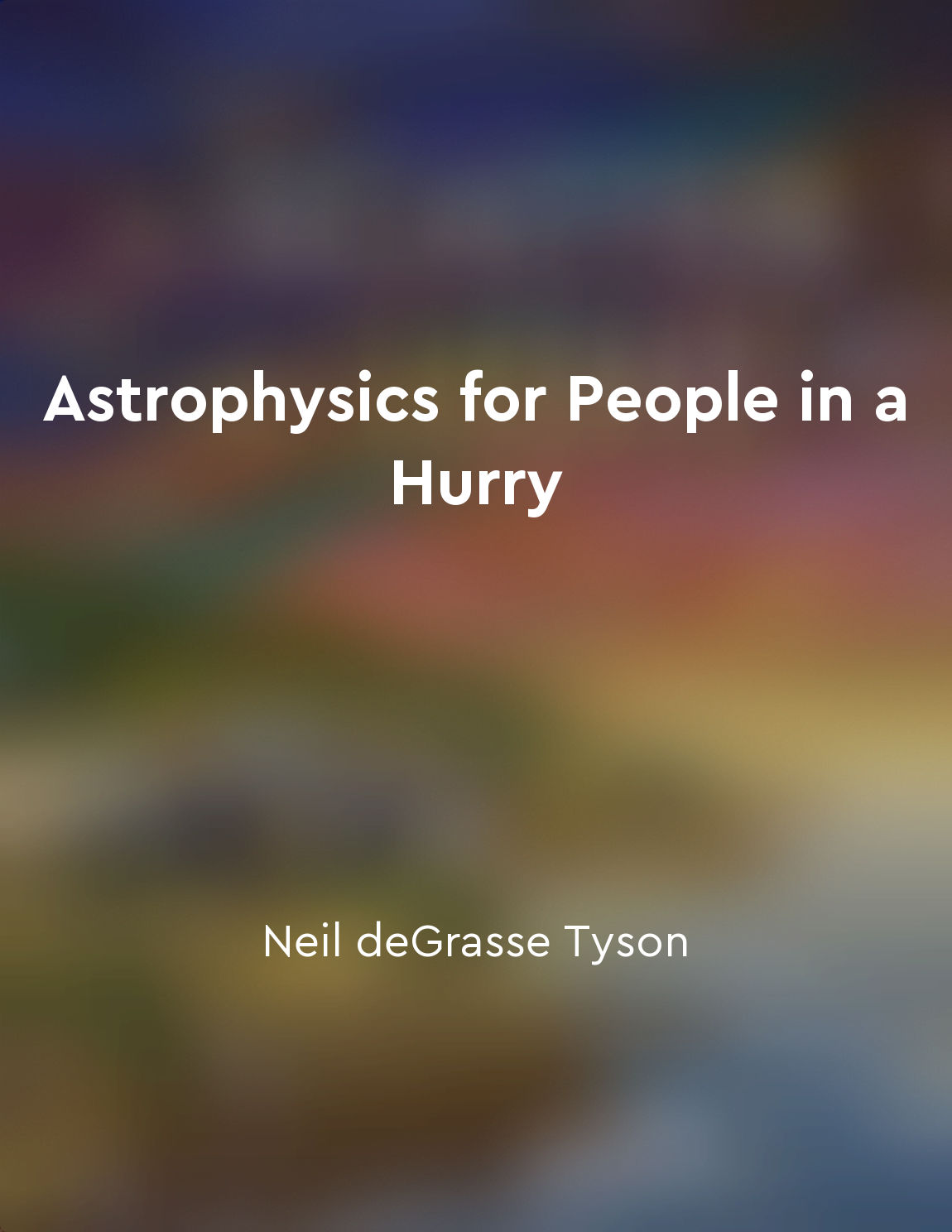Audio available in app
The evolution of stars shapes the galaxy from "summary" of The Science of Interstellar by Kip Thorne
The birth, life, and death of stars play a crucial role in shaping the galaxy that we observe today. Stars are not static entities; they undergo a series of transformations over their lifetime that have far-reaching effects on the surrounding space. When a star is born from a cloud of gas and dust, it begins to shine brightly due to the nuclear fusion reactions happening at its core. These reactions release energy in the form of light and heat, which radiate out into space, influencing the environment around the star. As a star ages, it undergoes changes that impact its size, temperature, and luminosity. Eventually, the star will exhaust its nuclear fuel and reach the end of its life. Depending on its mass, a star may end its life in a spectacular explosion called a supernova, which can release vast amounts of energy and material into space. These explosions can have profound effects on the surrounding region, triggering the formation of new stars and influencing the chemical composition of the interstellar medium. Over time, the remnants of these explosions can coalesce to form new stars and planetary systems, continuing the cycle of stellar evolution. Through this process of birth, life, and death, stars shape the galaxy by influencing its structure, chemistry, and dynamics. The evolution of stars is a fundamental driver of galactic evolution, shaping the landscape of the cosmos and influencing the conditions that give rise to new generations of stars and planets.Similar Posts

Big Crunch could reverse expansion
In the early days of the universe, scientists believed that the force of gravity would eventually cause the expansion of the un...
From the Big Bang to black holes, there is so much to explore
The universe is a vast and mysterious place, filled with wonders beyond our imagination. From the moment of the Big Bang, when ...
Theory of everything may explain universe's workings
The quest for a Theory of Everything has long been the holy grail of physics—a single, elegant framework capable of explaining ...
Studying the universe helps us better understand our own planet
By studying the vast expanse of the universe beyond our own planet, we gain valuable insights into the processes and phenomena ...
The interplay between chaos and order gives rise to the rich tapestry of phenomena we observe in the universe
In the vast expanse of the universe, a delicate dance unfolds between chaos and order. It is this interplay that gives rise to ...

Technologies used to study the Milky Way's structure and composition
Studying the structure and composition of the Milky Way requires a variety of technologies that can peer through the vastness o...

Ancient civilizations observed the Milky Way in the night sky
Ancient civilizations gazed up at the night sky and beheld the Milky Way in all its glory. The dazzling band of light stretchin...
The use of scientific methods
Scientific methods are the tools we use to find out about the world. They are the ways we discover truths about reality. These ...

Gravity pulls us in
The force of gravity is a fundamental aspect of our existence, one that influences our every movement and interaction with the ...

Gravitational waves are a revolutionary new way to study the cosmos
Gravitational waves are ripples in the fabric of spacetime itself. They are produced by some of the most violent and energetic ...
